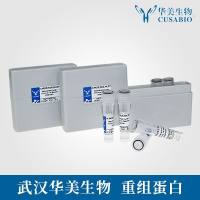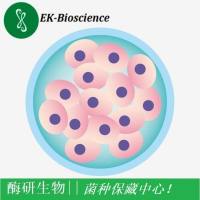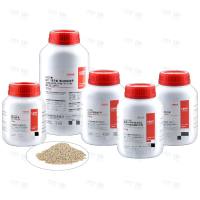Microscopic Methods to Study STEC: Analysis of the Attaching and Effacing Process
互联网
632
Attaching and effacing (A/E) is the name given to the striking and characteristic mechanism of intestinal colonization in which bacteria destroy brushborder microvilli, adhere very intimately to the intestinal epithelial cell surface, often on raised pedestal-like structures, and induce actin-rich cytoskeletal accumulation beneath intimately attached bacteria. First described in enteropathogenic Escherichia coli (EPEC), A/E adhesion is also a feature of intestinal colonization by enterohemorrhagic E. coli (EHEC), a subset of Shiga toxin-producing E. coli (STEC), which includes the most common STEC serotype, O157:H7 (1 ). All of the genes necessary to produce the A/E histopathology reside in a chromosomal pathogenicity island designated the locus of enterocyte effacement (LEE). A/E lesion formation is a complex process involving a number of distinct stages: (1) initial bacterial attachment; (2) assembly of a type III protein translocation apparatus and translocation of virulence proteins into the host cell; (3) intimate bacterial attachment that involves the bacterial surface adhesin, intimin binding to a translocated intimin receptor Tir/EspE; (4) cytoskeletal accumulation beneath intimately attached bacteria (2 ). Microscopical techniques have contributed significantly to our current understanding of this complex multi-stage bacterial adhesion process in terms of characterization of the lesion itself, the different stages involved, and the role of specific bacterial virulence proteins. The initial description of the A/E lesion originally came from conventional transmission electron microscopy (TEM) of thin sections and from scanning electron microscopy (SEM) of infected gut tissue, but major advances came with the development of in vitro tissue culture cell models of A/E adhesion (3 ) and fluorescence actin staining as a simple diagnostic test for the A/E lesion (4 ). This led to identification of the genes encoding A/E lesion formation, characterization of the proteins involved, and the production of protein-specific antibodies for use in immunolabeling studies. The subsequent application of microscopical techniques to both bacteria and bacteria-host cell interaction have significantly advanced our knowledge of the A/E lesion formation process.









